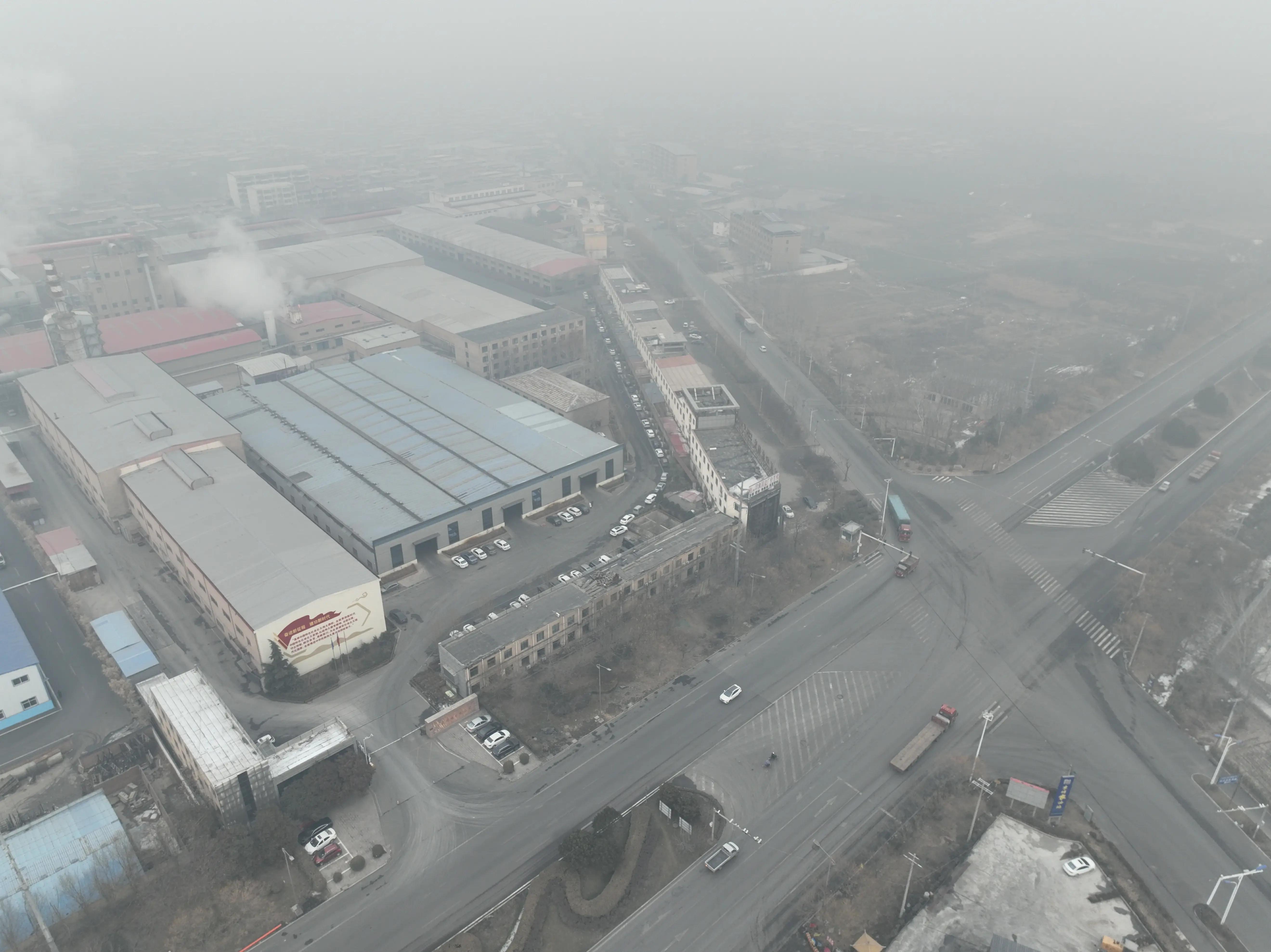

Reflectorized Glass Enhancing Safety and Aesthetics in Modern Design
Reflectorized glass, a remarkable innovation in materials technology, has gained significant attention in recent years for its unique properties and versatile applications. This type of glass is treated with a reflective coating, allowing it to bounce back a considerable percentage of light while still permitting some to pass through. The implications of this technology extend far beyond mere aesthetics; reflectorized glass plays a crucial role in enhancing safety, improving energy efficiency, and redefining architectural designs.
One of the primary advantages of reflectorized glass is its ability to improve visibility and safety in various environments. It is commonly used in traffic signage, vehicle mirrors, and even in building facades. The reflective nature of the glass makes it highly visible under low-light conditions, such as at night or during inclement weather. This attribute is particularly beneficial for urban infrastructure, where enhanced visibility can significantly reduce accidents and improve overall urban safety. For instance, pedestrian crossings and warning signs equipped with reflectorized glass can be easily spotted by drivers, alerting them to potential hazards.
In addition to improving safety, reflectorized glass contributes to energy efficiency in buildings. By reflecting a considerable amount of solar heat, it helps regulate indoor temperatures, reducing the reliance on air conditioning systems. This attribute makes it an ideal choice for commercial and residential buildings aiming for sustainability and energy conservation. As energy costs continue to rise and environmental concerns grow, architects and builders are increasingly turning to materials like reflectorized glass to create energy-efficient structures that minimize carbon footprints.

Moreover, the aesthetic appeal of reflectorized glass cannot be overlooked. Its ability to reflect surrounding landscapes creates a stunning visual effect, blending buildings harmoniously with their environments. Architects and designers leverage this characteristic to create striking facades that are not only functional but also visually captivating. The interplay of light and reflections can enhance the overall architectural design, adding depth and dimension to otherwise flat surfaces. As the trend towards sustainable architectural practices continues, reflectorized glass serves as a crucial material that combines beauty with functionality.
In addition to the commercial and architectural uses, reflectorized glass is also finding its way into consumer products. From eyewear to home decor, the versatility of this material allows for creative and practical applications. Sunglasses with reflectorized coatings reduce glare from the sun, enhancing the wearing experience for users. Meanwhile, decorative glass panels fitted with reflective coatings are becoming popular in interior design, offering a modern touch that can brighten up spaces and give them a more spacious feel.
However, it is essential to acknowledge the challenges associated with reflectorized glass. While its advantages are numerous, considerations regarding glare, potential overheating of adjacent surfaces, and the need for ongoing maintenance should not be overlooked. Proper installation and the right choice of reflective coatings are crucial to maximizing the benefits while mitigating any adverse effects.
In conclusion, reflectorized glass stands at the intersection of safety, sustainability, and aesthetics in modern design. From enhancing visibility in urban environments to promoting energy efficiency in buildings, its multifaceted nature makes it a valuable material in various applications. As architects, designers, and individuals continue to seek innovative solutions for today’s challenges, reflectorized glass is poised to play an integral role in shaping the future of construction and design. With its unique ability to reflect and refract light, it offers a universe of possibilities for creativity and functionality, paving the way for safer, more efficient, and visually stunning spaces.